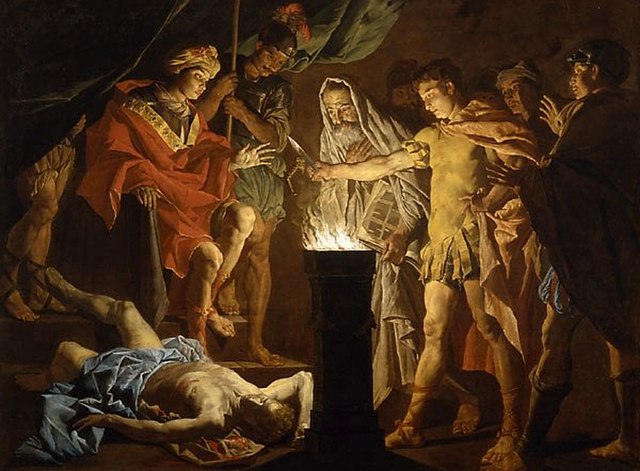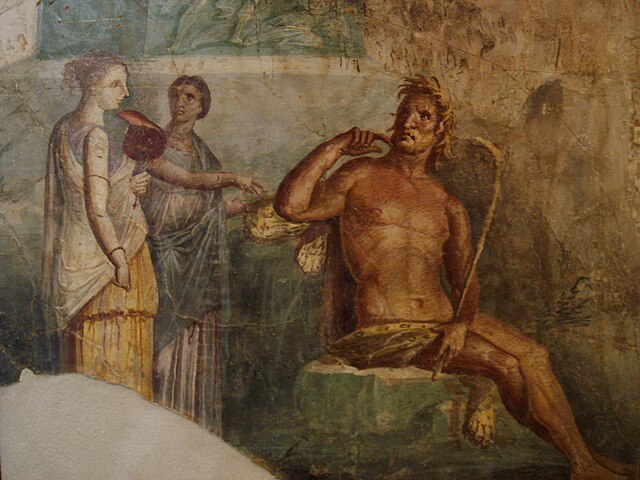The founding of Rome was a prehistoric event or process later greatly embellished by Roman historians and poets. Archaeological evidence indicates that Rome developed from the gradual union of several hilltop villages during the Final Bronze Age or early Iron Age. Prehistoric habitation of the Italian Peninsula occurred by 48,000 years ago, with the area of Rome being settled by around 1600 BC. Some evidence on the Capitoline Hill possibly dates as early as c. 1700 BC and the nearby valley that later housed the Roman Forum had a developed necropolis by at least 1000 BC. The combination of the hilltop settlements into a single polity by the later 8th century BC was probably influenced by the trend for city-state formation emerging from ancient Greece.
Capitoline Wolf, sculpture of the she-wolf feeding the twins Romulus and Remus, the most famous image associated with the founding of Rome. According to Livy, it was erected in 296 BC.
Romulus and Remus on the House of the She-wolf at the Grand Place of Brussels
Funerary urn of the Villanovan culture, precursor to Etruscan civilization
Model of archaic Rome, 6th century BC
Roman mythology is the body of myths of ancient Rome as represented in the literature and visual arts of the Romans. One of a wide variety of genres of Roman folklore, Roman mythology may also refer to the modern study of these representations, and to the subject matter as represented in the literature and art of other cultures in any period. Roman mythology draws from the mythology of the Italic peoples and ultimately from Proto-Indo-European mythology.
Romulus and Remus, the Lupercal, Father Tiber, and the Palatine on a relief from a pedestal dating to the reign of Trajan (AD 98–117)
In this wall painting from Pompeii, Venus looks on while the physician Iapyx tends to the wound of her son, Aeneas; the tearful boy is her grandson Ascanius, also known as Iulus, legendary ancestor[citation needed] of Julius Caesar and the Julio-Claudian dynasty
Mucius Scaevola in the Presence of Lars Porsenna (early 1640s) by Matthias Stom
Polyphemus hears of the arrival of Galatea; ancient Roman fresco painted in the "Fourth Style" of Pompeii (45–79 AD)








